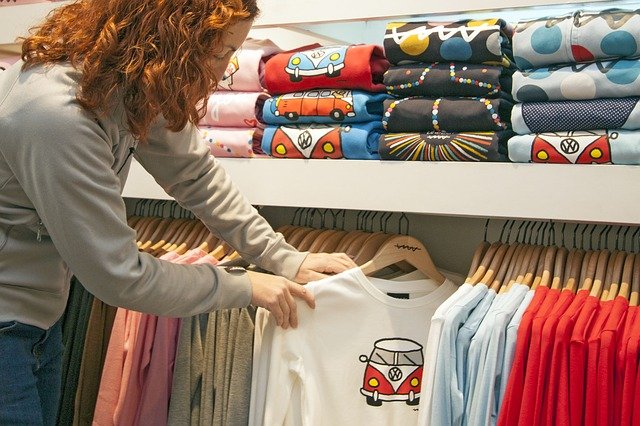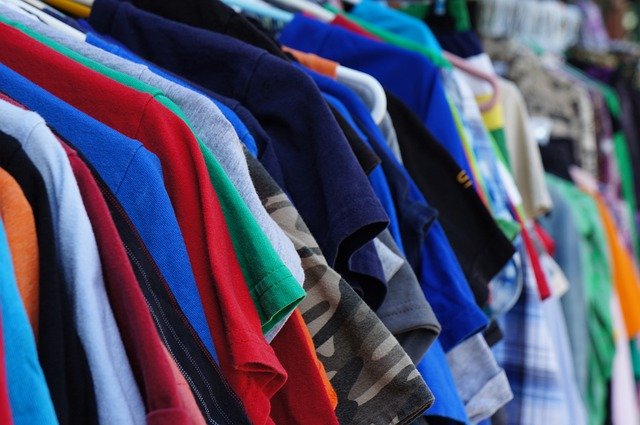Forbes lists 4 Fashion Industry makeovers on their way.
1. Data Driven
2. Sustainable
3. Digital
4. Simplified
Number 2 – Sustainable:
Fashion has long been one of the biggest contributors to waste and climate change, largely because of its unsustainable and non-eco-friendly production methods. But the tides are changing, and brands are moving towards more sustainable fabrics and manufacturing methods.

Fast fashion, which was popular for its ability to quickly and inexpensively reproduce runway looks, is in decline in favor of slow fashion—pieces that are more eco-friendly and designed to be longer lasting. Nearly 50% of fast fashion retailers have reported a recent decrease in customer purchases as consumers look for brands that take a stand for the environment.

Research shows that 88% of consumers want brands to help them be more environmentally friendly. Even with its strides, fashion has a long way to go. Fashion production releases 10% of the world’s carbon emissions, more than international flights and maritime shipping combined. A number of sustainable fashion brands are growing, and their innovative practices are becoming more commonplace among retailers. British design company Vin + Omi harvests its own crops to make clothing from horseradish plants and chestnuts. It also features clothing items made from recycled paint containers. Levi’s recently unveiled a new collection of denim that uses 96% less water to create—a major win for clothing that notoriously requires a lot of water to produce.

Shopping for pre-owned items is also on the rise. The secondhand market is expected to hit $64 billion by 2024. Even as other forms of fashion shopping hit a Covid slump, online secondhand shopping continues to see strong growth. With more consumers looking to purchase previously worn items, fashion brands must create pieces with longevity and that can last beyond a single owner.

Read about the other 3 highlights in the Forbes article here.

